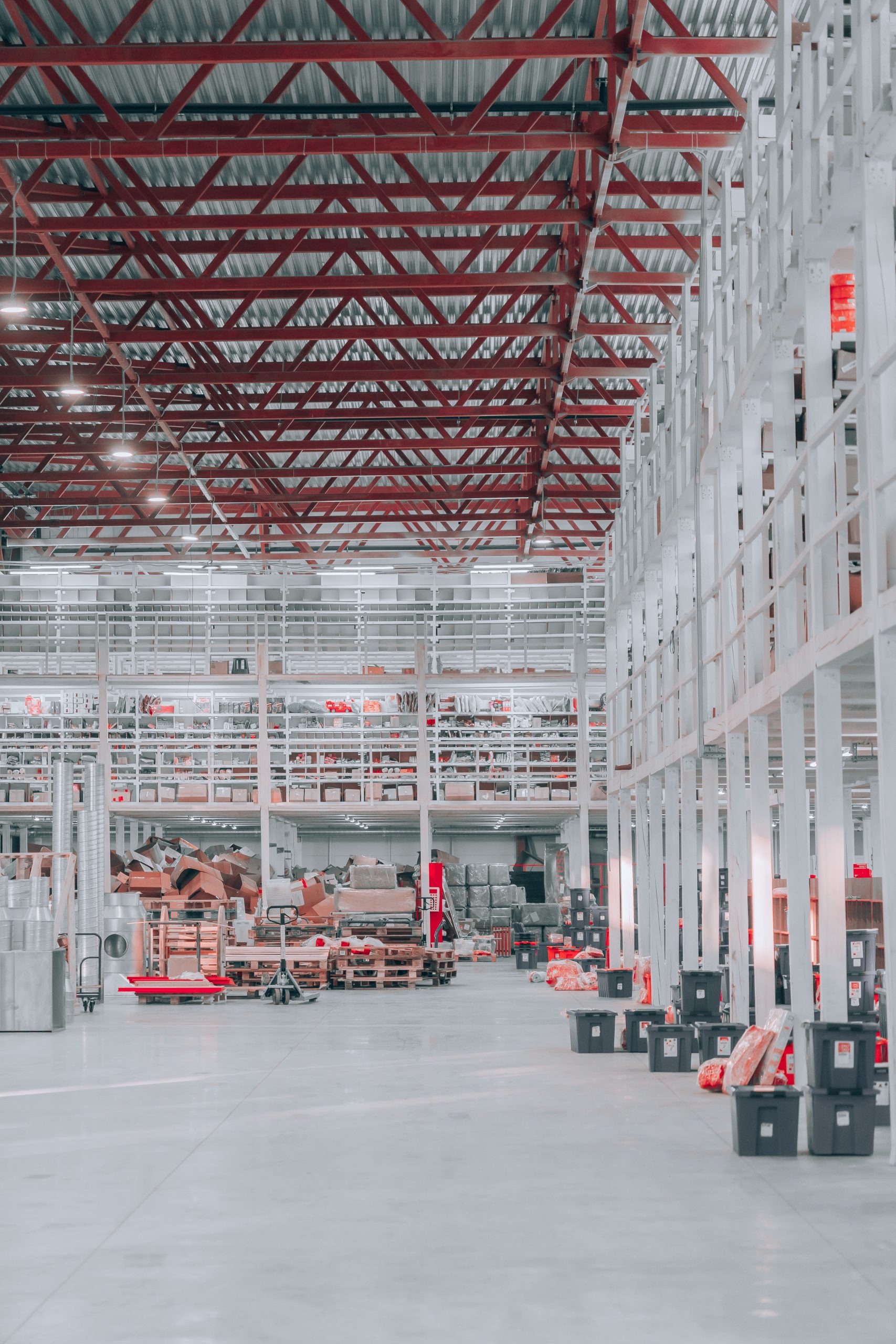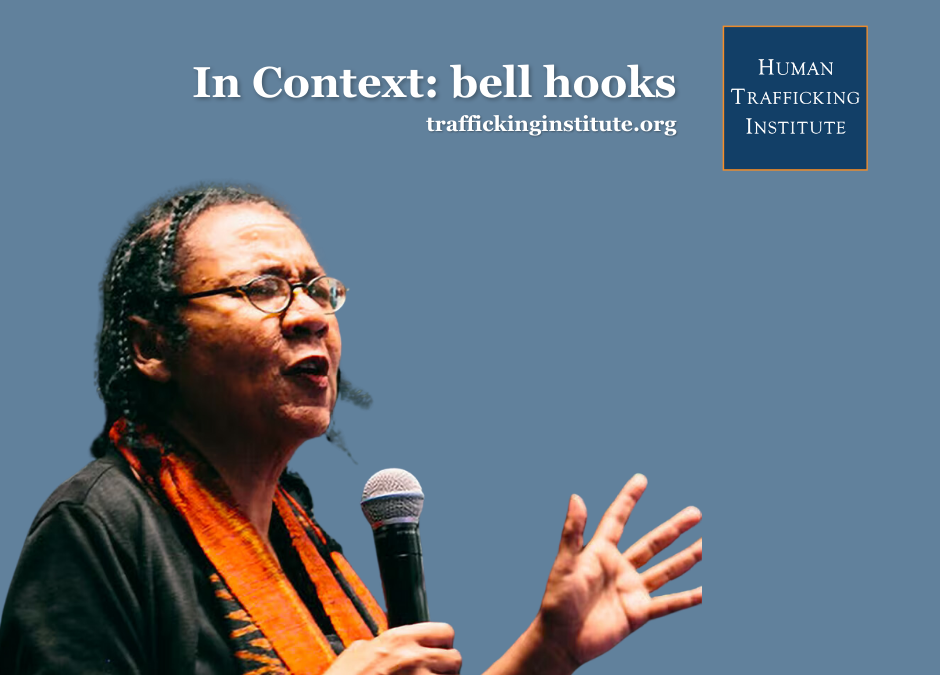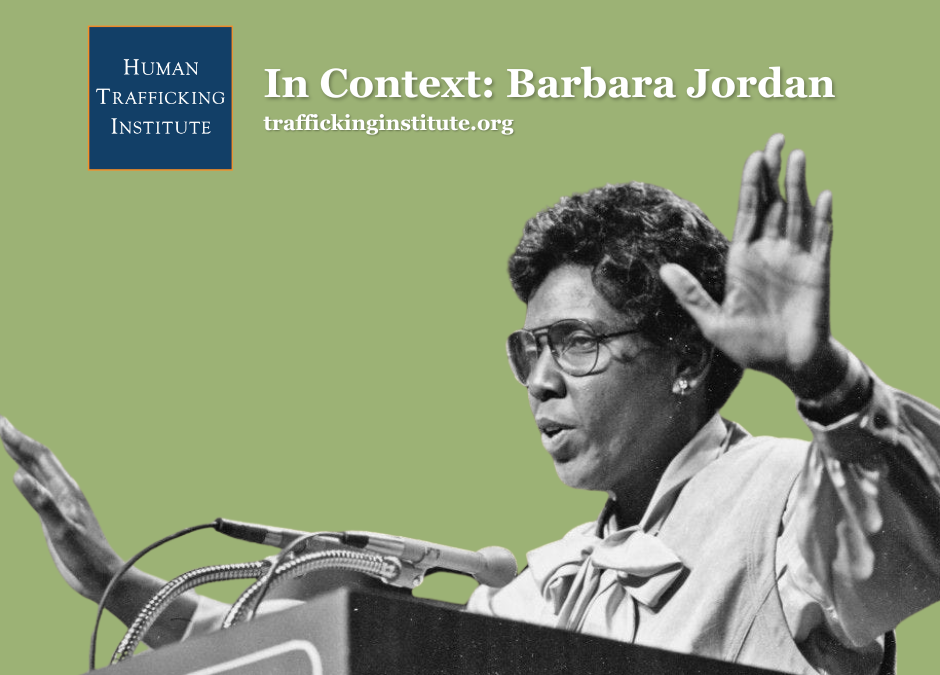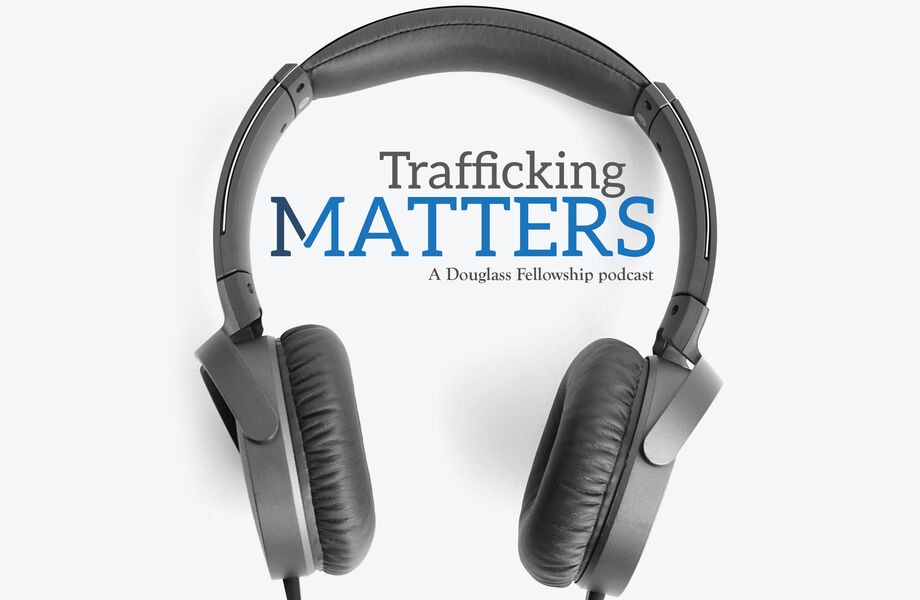Introduction
Over the past four years, the People’s Republic of China has forced at least one million Uyghurs,[1] who are mostly Muslim, and members of other ethnic and religious minorities into internment camps in the Xinjiang Uyghur Autonomous Region (“Xinjiang”), a large region in western China. Under the pretexts of combating terrorism and providing vocational training,[2] Chinese authorities use “threats of physical violence, drugs, physical and sexual abuse, and torture” to force detainees to work in cotton harvesting, hazardous mining, and in factories producing raw materials and goods that find their ways into international supply chains.[3]
On July 14, the U.S. Senate passed the Uyghur Forced Labor Prevention Act.[4] If enacted, the law would strengthen the U.S. government’s enforcement of Section 307 of the Tariff Act of 1930, 19 U.S.C. § 1307, against China for forced labor abuses. To put this new legislation in context, this article will provide a brief history of the Tariff Act as a tool for combating forced labor.
Tariff Act of 1930
One of many[5] ways the U.S. government addresses forced labor from the world’s manufacturing superpowers like Xinjiang[6] is by prohibiting certain imports from entry into the United States. Section 307 of the Tariff Act of 1930 (“the Act”) withholds any product from importation that was mined, produced, or manufactured wholly or in part by forced labor, including forced or indentured child labor.[7]
U.S. Customs and Border Protection (CBP) enforces Section 307 through investigations and Withhold Release Orders (WRO). When CBP receives information that merchandise being imported into the United States was made with forced labor,[8] the agency initiates an investigation “as appears warranted” by the amount and reliability of the submitted information.[9] If CBP finds the information “reasonably but not conclusively indicates” that the imports may be the product of forced labor, CBP may seize those goods and prevent them from entering the United States as part of a WRO.[10] The importer then has the opportunity to “establish by satisfactory evidence” that the products were not produced with forced labor in order for those goods to be released.[11]
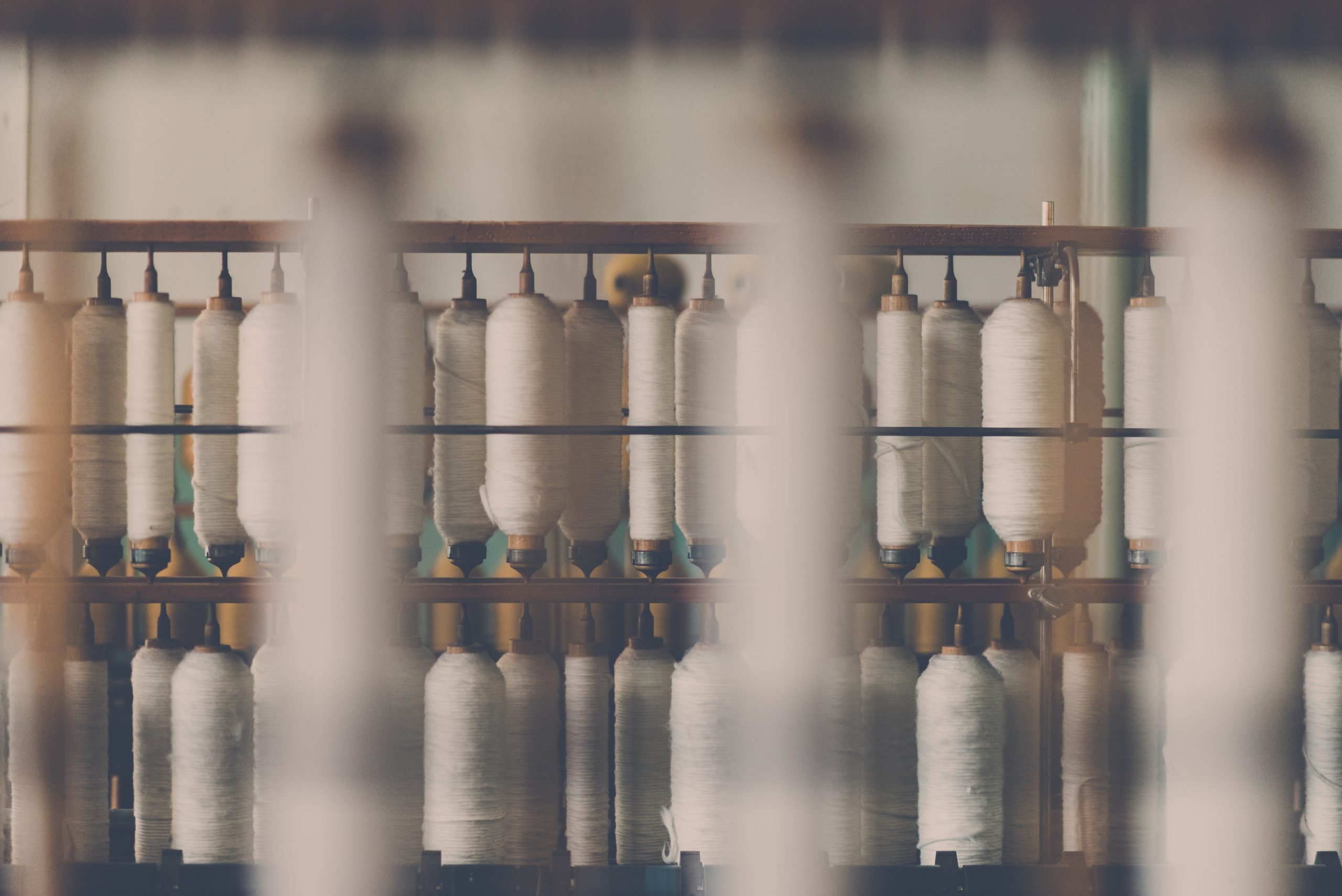
Enforcement Trends
1930–1980s: Restrained Origins
Congress included Section 307 in the Tariff Act to prevent foreign manufacturers from undercutting U.S. farmers and manufacturers with low-cost imports made with cheap labor.[12] Following the Act’s enactment in 1930 and up until the mid-1980s, the U.S. Customs Service (CBP’s precursor) used Section 307 sparingly due to administrative leniency and the shortage of sufficient and reliable information for investigations.[13] Indeed, there were only 60 to 75 instances during this period in which application of Section 307 was requested or considered.[14] Only eight of these instances resulted in merchandise being denied entry into the United States.[15] None of the blocked merchandise was imported from China.[16] So few imports were blocked under Section 307 partly because the Customs Service was lenient in its application of Section 307.[17] The Customs Service “[allowed on an ad hoc basis] the importation of prison goods where the size of the shipment was small, where the prisoners were working voluntarily and were compensated, or where importers promised not to enter subsequent shipments.”[18] Additionally, investigations were more limited in scale and scope, as compared to the following years, due to the “varying amount and degree of reliability of the information available relating to the imports of goods made with [forced] labor.”[19]
1980s–2000: Improved Enforcement with the Increase of Chinese Imports
The early 1990s saw a significant improvement in the enforcement of Section 307 with the increase of Chinese exports to the United States.[20] CBP issued several WROs annually, primarily focused on imports from China.[21] Between 1991 and 1995,[22] CBP issued 27 WROs against manufacturers in China alone.[23] This progress, however, was short-lived.
2000–2015: No WROs Partially Due to CBP’s Usage of the Consumptive Demand Clause
Between 2000 and 2015, CBP did not issue a single WRO, partly because it began using a loophole in the Act.[24] As more suppliers began manufacturing and assembling goods exclusively abroad, importers began taking advantage of the “consumptive demand clause.”[25] The clause provided that the Act did not apply to “goods . . . which are not mined, produced, or manufactured in such quantities in the United States as to meet the consumptive demands of the United States.”[26] Although Congress originally included the clause to ensure Americans did not lose access to commodities like coffee, tea, and rubber that were only made abroad in 1930,[27] the provision was actually used in the 2000s in a way that “subordinate[d] human rights concerns to the availability of the goods at issue by means of domestic production.”[28]
2016–Present: Increased Enforcement Due to the Trade Facilitation and Trade Enforcement Act
Fortunately, in 2016, Congress repealed the consumptive demand clause as part of the Trade Facilitation and Trade Enforcement Act, which facilitated greater enforcement of Section 307 against Chinese imports.[29] Congress intended the law to “enhance CBP’s ability to prevent products made with forced labor from being imported into the United States.”[30] Indeed, since 2016, CBP has issued 32 WROs, including 17 from China.[31] Currently, 35 WROs against China remain in force.[32]
CBP issued several of these WROs in the past year as part of its increasingly aggressive reaction to forced labor in Xinjiang.[33] First, CBP issued five WROs in September 2020 to ban imports of certain products, including cotton, apparel, and computer parts, and all products from a specific facility.[34] Three months later, CBP banned the import of all cotton and cotton products produced by a major supplier and its affiliates, along with any products made in whole or in part with that cotton (e.g., apparel, garments, and textiles).[35] Finally, CBP issued its most sweeping WRO in January 2021—a region-wide ban of all imports of cotton, tomatoes, and downstream products from Xinjiang this January.[36] Now, Congress is contemplating expanding the ban to include all products.
Hopes for the Future: The Uyghur Forced Labor Prevention Act
The Uyghur Forced Labor Prevention Act has the potential to make a significant impact on the global supply chain by practically banning all goods manufactured in Xinjiang. Specifically, the bill proposes implementing a “rebuttable presumption” that all goods manufactured in Xinjiang are made with forced labor.[37] That is, all merchandise manufactured “wholly or in part” in Xinjiang would be banned from importation into the United States under the Act, absent “clear and convincing” evidence to the contrary.”[38] The bill also creates targeted sanctions for any foreign person who “knowingly engages” in forced labor of minority Muslims[39] and requires companies to disclose dealings with Xinjiang to the Securities and Exchanges Commission.[40]
Although the bill has met resistance from the U.S. Chamber of Commerce[41] and several major companies,[42] it may present the best option to combat the urgent issue of forced labor in Xinjiang.[43] Specifically, the Chamber of Commerce claims the Uyghur Forced Labor Act would be ineffective and even counterproductive, likening the bill to the Dodd-Frank Wall Street Reform Act and describing its adverse consequences in the Democratic Republic of the Congo.[44] Several companies with suspected supply chain ties to Xinjiang, like Nike and Coca-Cola,[45] have lobbied Congress in different ways to change the bill.[46] Apple,[47] for example, suggested extending deadlines for compliance and releasing certain information about supply chains to Congressional committees rather than to the public.[48]
Despite opposition, the bill provides Congress a clear opportunity to hold China accountable for its human rights abuses. The bill, which passed the Senate with unanimous consent, now must be passed in the House of Representatives before it can be sent to the White House for President Joe Biden to sign into law.[49] It is not clear at this time when the House could pass the bill.[50]
Conclusion
Since the U.S. Tariff Act became law in 1930, CBP has faced several setbacks in enforcing Section 307. CBP first found a shortage of sufficient and reliable information for investigations and was generally lenient in issuing WROs. Although enforcement improved with the increase of Chinese imports, this progress was short-lived due to CBP’s usage of the consumptive demand clause. In 2016, Congress began to take forced labor head-on by repealing the consumptive demand clause through the Trade Facilitation and Trade Enforcement Act. Since then, CBP has ramped up enforcement of Section 307 against China in light of the human rights abuses in Xinjiang. Congress now has the opportunity to bolster CBP’s enforcement strength with the Uyghur Forced Labor Prevention Act.
The opinions expressed are solely those of the author and do not reflect or express the views or opinions of the Human Trafficking Institute or Trafficking Matters.
- [1] Stephanie Nebehay, U.N. Says It Has Credible Reports That China Holds Million Uighurs in Secret Camps, Reuters (Aug. 10, 2018), https://www.reuters.com/article/us-china-rights-un/u-n-says-it-has-credible-reports-that-china-holds-million-uighurs-in-secret-camps-idUSKBN1KV1SU
- [2] Xinjiang: China Defends ‘Education’ Camps, BBC: News (Sept. 17, 2020), https://www.bbc.com/news/world-asia-china-54195325.[1]
- [3] U.S. Dep’t of State, Off. To Monitor and Combat Trafficking in Persons, Trafficking in Persons Report 47 (2021).
- [4] Press Release, Marco Rubio, Rubio, Merkley Applaud Senate Passage of Uyghur Forced Labor Prevention Act (July 14, 2021) (on file with author).
- [5] The Department of Justice may sue global companies who use forced labor in their supply chains through the Trafficking Victim’s Protection Act, 18 U.S.C. § 1589, if those companies sell goods in the United States. See 28 U.S.C. § 1332; see, e.g., Int’l Shoe Co. v. Wash., 326 U.S. 310, 317–19 (1945); MacDermid, Inc. v. Deiter, 702 F.3d 725, 730–31 (2d Cir. 2012). Victims of forced labor may also bring civil suits under the Alien Tort Statute, 28 U.S.C. § 1350.
- [6] In 2019, China accounted for 28.7% of global manufacturing output. See Felix Richter, China Is the World’s Manufacturing Superpower, Statistica (May 4, 2021), https://www.statista.com/chart/20858/top-10-countries-by-share-of-global-manufacturing-output/.
- [7] Tariff Act of 1930 § 307, 19 U.S.C. § 1307 (2021).
- [8] Any individual who suspects an import was produced by forced labor can request a CBP investigation at https://eallegations.cbp.gov/Home/Index2.
- [9] 19 C.F.R. § 12.42(e) (2021).
- [10] Id.
- [11] 19 C.F.R. § 12.42(g) (2021).
- [12] Tariff Act Introduction: Introduction to Section 307, The Hum. Trafficking Legal Ctr., https://www.htlegalcenter.org/our-work/tariff-act-introduction/#1597358120301-58425cf8-4d50 (last visited July 23, 2021).
- [13] U.S. Int’l Trade Comm’n, USITC Pub. 1630, International Practices and Agreements Concerning Compulsory Labor and U.S. Imports of Goods Manufactured by Convict, Forced, or Indentured Labor v–vi (1984).
- [14] Id. at vi.
- [15] Id. at B-3–B-6 (listing wooden tables and chairs from Mexico, furniture from Mexico, crab meat from the Soviet Union, gymnastic equipment from Canada, assorted articles from Mexico, hammocks from Mexico, assorted goods from Mexico, and garments from Mexico).
- [16] See id.
- [17] Cathleen D. Cimino-Isaacs et al., Cong. Rsch. Serv., R46631, Section 307 and U.S. Imports of Products of Forced Labor: Overview and Issues for Congress 4 (2021) (citing id. at vi).
- [18] U.S. Int’l Trade Comm’n, supra note 13, at vi.
- [19] Id.
- [20] Congressional pressure may have played a part in this improved enforcement. See Cimino-Isaacs, supra note 17, at 5. In the 1980s, amid heightening Cold War tensions and growing public awareness of forced labor in the Soviet Union and China, several members of Congress expressed a desire to use Section 307 to restrict imports for foreign policy purposes. See id. at 4–5. Members of Congress may also have been affected by the emergence of international human and worker rights politics of the 1970s. See id.
- [21] Cimino-Isaacs, supra note 17, at 5.
- [22] Most of the 27 WROs were issued between 1991 and 1993 due to negotiated agreements between the United States and China relating to goods made with prison labor. See Cimino-Isaacs, supra note 17, at 7. These agreements, including a 1992 Memorandum of Understanding (MOU) and a 1994 Statement of Cooperation, provided for an “exchange of information” and “requests for inspections.” Id.; see Memorandum of Understanding on Prohibiting Import and Export Trade in Prison Labor Products, China-U.S., Aug. 7, 1992, 31 I.L.M. 1071; Cong.-Exec. Comm’n on China, 119th Cong., Forced Labor in China 38–39 (Comm. Print 2005) (providing the text of the 1994 Statement of Cooperation). China’s compliance with the agreements have widely been seen as inconsistent. See Cimino-Isaacs, supra note 17, at 7; Staff of U.S.-China Econ. and Sec. Rev. Comm’n, Prison Labor Exports from China and Implications for U.S. Policy (2014) (primarily prepared by John Dotson & Teresa Vanfleet); U.S. Gov’t Accountability Off., GAO-95-106, U.S. China Trade: Implementation of the 1992 Prison Labor Memorandum of Understanding 2 (1995); U.S. Implementation of Prison Labor Agreements with China: Hearing Before the S. Comm. on Foreign Rel., 105th Cong. (1997).
- [23]Christopher A. Casey et al., Cong. Rsch. Serv., IF11360, Section 307 and Imports Produced by Forced Labor 2 (2021).
- [24] Cimino-Isaacs, supra note 17, at 5.
- [25] Casey, supra note 23.
- [26] 19 U.S.C. § 1307 (1930), amended by 19 U.S.C. § 1307 (Supp. l 2016).
- [27] Cimino-Isaacs, supra note 17, at 5.
- [28] Int’l Lab. Rts. Fund v. U.S., 391 F. Supp. 2d 1370, 1376 (Ct. Int’l Trade 2005).
- [29] Trade Facilitation and Trade Enforcement Act of 2015 § 910, 19 U.S.C. § 1307.
- [30] Forced Labor, U.S. Customs and Border Prot., https://www.cbp.gov/trade/programs-administration/forced-labor?_ga=2.184765993.1227922632.1626877201-1021734350.1626877201 (last visited July 21, 2021).
- [31] Withhold Release Orders and Findings, U.S. Customs and Border Prot., https://www.cbp.gov/trade/programs-administration/forced-labor/withhold-release-orders-and-findings (last visited July 21, 2021).
- [32] Id. Withhold Release Order Number 28, which is partially active, is included in the number of 35 WROs in force for the purposes of this Article. See id.
- [33] Most of these WROs address high-risk sectors as addressed by U.S. experts. Namely, experts have identified agricultural products (e.g., tomatoes), cotton, textiles, apparel and footwear, electronics, food products, mining, chemicals, and medical equipment. See Amy Lehr, Addressing Forced Labor in the Xinjiang Autonomous Region, Ctr. for Strategic and Int’l Stud. 2–3 (July 2020) https://csis-website-prod.s3.amazonaws.com/s3fs-public/publication/200730_Lehr_XinjiangUyghurForcedLabor_brief_FINAL_v2.pdf; Cong.-Exec. Comm’n on China, Staff Research Report, Global Supply Chains, Forced Labor, and the Xinjiang Uyghur Autonomous Region 6 (2020); U.S. Dep’t of State, Risks and Considerations for Businesses and Individuals with Exposure to Entities Engaged in Forced Labor and other Human Rights Abuses linked to Xinjiang, China 16 ( 2020).
- [34] Press Release, U.S. Customs and Border Prot., DHS Cracks Down on Goods Produced by China’s State-Sponsored Forced Labor (Sept. 14, 2020) (on file with author).
- [35] Press Release, U.S. Customs and Border Prot., CBP Issues Detention Order on Cotton Products Made by Xinjiang Production and Construction Corps Using Prison Labor (Dec. 2, 2020) (on file with author).
- [36] Press Release, U.S. Customs and Border Prot., CBP Issues Region-Wide Withhold Release Order on Products Made by Slave Labor in Xinjiang (Jan. 13, 2020) (on file with author).
- [37] Press Release, Jim McGovern, McGovern, Smith, Colleagues Re-Introduce the Bipartisan Uyghur Forced Labor Prevention Act (Feb. 18, 2021) (on file with author).
- [38] Uyghur Forced Labor Prevention Act, S. 65, 117th Cong. §§ 4(a), 4(b)(1) (2021).
- [39] S. 65, § 8(a)(1).
- [40] S. 65, § 9(b).
- [41] Letter from Neil L. Bradley, Executive Vice President & Chief Policy Officer, U.S. Chamber of Com., to H.R. (Sept. 22, 2020) (on file with author).
- [42] See Ana Swanson, Nike and Coca-Cola Lobby Against Xinjiang Forced Labor Bill, N.Y. Times (Jan. 20, 2021), https://www.nytimes.com/2020/11/29/business/economy/nike-coca-cola-xinjiang-forced-labor-bill.html.
- [43] To learn more about the Human Trafficking Institute’s position regarding the Uyghur Forced Labor Prevention Act, see Letter from All. to End Slavery & Trafficking, to James Risch, Chairman, S. Foreign Rel. Comm., and Bob Menendez, Ranking Member, S. Foreign Rel. Comm. (Sept. 10, 2020) (on file with author).
- [44] See Bradley, supra note 41 (citing David Aronson, How Congress Devastated Congo, N.Y. Times (Aug. 7, 2011), http://www.nytimes.com/2011/08/08/opinion/how-congress-devastated-congo.html; Sudarsan Raghavan, How a Well-Intentioned U.S. Law Left Congolese Miners Jobless, Wash. Post (Nov. 30, 2014), https://www.washingtonpost.com/world/africa/how-a-well-intentioned-us-law-left-congolese-miners- jobless/2014/11/30/14b5924e-69d3-11e4-9fb4-a622dae742a2_story.html).
- [45] See Cong.-Exec. Comm’n on China, supra note 33, at 6.
- [46] See Swanson, supra note 42.
- [47] See Vicky Xiuzhong Xu et al., Uyghurs for Sale: ‘Re-Education’, Forced Labour and Surveillance Beyond Xinjiang, Austl. Strategic Pol’y Inst.: Int’l Cyber Pol’y Ctr. 5 (2020), https://s3-ap-southeast-2.amazonaws.com/ad-aspi/202104/Uyghurs%20for%20sale%2019%20April%202021.pdf?VersionId=CifExOIYXRwRJRTR.kMqSgL9cx7nKia8 (suggesting Apple has benefited, directly or indirectly, from forced labor tied to Xinjiang).
- [48] See Swanson, supra note 42.
- [49] Michael Martina, U.S. Senate Passes Bill to Ban All Products from China’s Xinjiang, Reuters: World (July 15, 2021), https://www.reuters.com/world/us-senate-passes-bill-ban-all-products-chinas-xinjiang-2021-07-15/.
- [50] Id.

